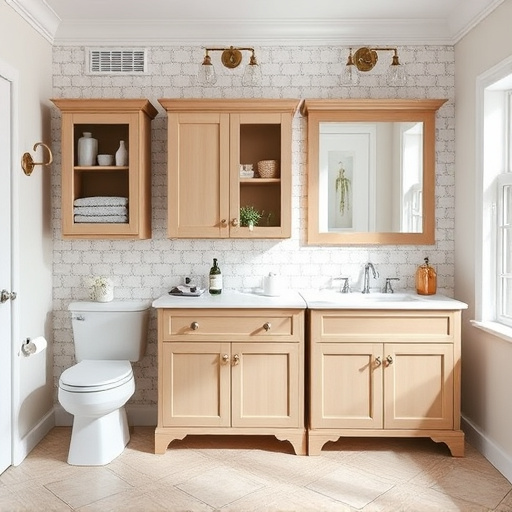Before upgrading, assess current systems and spaces, set SMART goals, prioritize based on operational needs and future vision, align with budget and timeline. Test all systems thoroughly before rollout, use phased approach to minimize disruption, maintain clear communication among stakeholders, create modern, functional spaces tailored to business requirements.
Looking to streamline your business operations through a seamless commercial upgrade? This comprehensive guide unveils the secrets to a swift and efficient process. From meticulously assessing existing systems and defining goals, to strategically planning upgrades and executing with precision, we cover every step. Learn how to prioritize tasks, test for flawless integration, and successfully rollout changes with minimal disruption. Master these strategies and unlock the potential of an upgraded commercial landscape.
- Assess Current Systems and Set Goals
- Plan and Prioritize Upgrades Strategically
- Execute Effortlessly: Testing and Rollout Tips
Assess Current Systems and Set Goals

Before diving into a commercial upgrade, it’s crucial to start with a thorough assessment of your current systems. This involves evaluating every aspect of your business operations, from outdated infrastructure like electrical wiring and HVAC systems to the functionality and aesthetics of your kitchen and bath spaces. By meticulously examining these areas, you can pinpoint exact areas that require improvement, ensuring your commercial upgrade is both comprehensive and targeted.
Setting clear goals is the next step in this process. Define what you want to achieve with the upgrade—whether it’s improving energy efficiency through floor replacements or creating a more modern and inviting ambiance for customers via kitchen renovations. Setting specific, measurable, achievable, relevant, and time-bound (SMART) goals will guide your planning and help you navigate potential challenges that may arise during the renovation process, ultimately leading to a smoother transition.
Plan and Prioritize Upgrades Strategically

When planning a commercial upgrade, it’s vital to approach it with strategic intent. Prioritizing your upgrades based on both operational needs and future goals is key. Start by assessing the current state of your space, identifying areas that require immediate attention and those that can wait. Consider factors like traffic flow, functionality, and aesthetics. For instance, a bustling retail store might prioritize an updated layout to enhance customer experience over a bathroom remodel in the short term.
Once you’ve established priorities, align them with your budget and timeline. This strategic planning ensures every renovation decision is purposeful, avoiding unnecessary expenses or delays. Whether it’s residential renovations or customized home renovations, a well-thought-out plan translates into a smoother, faster, and more efficient commercial upgrade process.
Execute Effortlessly: Testing and Rollout Tips

Testing before the rollout is a crucial step to ensure a smooth commercial upgrade process. Conduct thorough testing of all systems and equipment involved in the renovation, from electrical to plumbing and HVAC. This includes verifying that new installations work seamlessly with existing infrastructure. A trial run can help identify potential issues early on, allowing for quick adjustments. For instance, test kitchen renovations or any customized home renovations by simulating actual usage scenarios to ensure functionality and efficiency.
During rollout, maintain clear communication channels between all stakeholders—project managers, contractors, and clients. A well-coordinated strategy ensures minimal disruption to business operations. Implement a phased approach if possible, starting with less critical areas, then gradually shifting to core operations. This strategy enables a controlled upgrade, facilitating faster recovery in case of unforeseen challenges. Remember, a meticulously planned and executed commercial upgrade can significantly enhance operational efficiency, creating a modern, functional space tailored to the business’s needs.
Smoothly navigating a commercial upgrade requires strategic planning, efficient execution, and comprehensive testing. By assessing current systems, setting clear goals, prioritizing upgrades, and implementing thoughtful rollout strategies, businesses can ensure their transition is fast, seamless, and enhances overall performance. Remember, a well-planned commercial upgrade is the key to unlocking operational efficiency and staying ahead in today’s competitive market.














